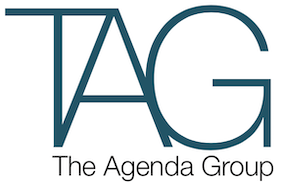The 2015 Intergenerational Report highlights complex challenges for the current government and governments for the next 40 years.
Here’s a snapshot.
Australia’s population will grow over the next 40 years (from 23.9 million to 39.7 million) but the annual rate of growth will be slightly less than the past 40 years.
Despite the larger population, and with a growing cohort of those aged over 65, the percentage of people in employment (the participation rate) will be slightly lower (0.2 per cent).
Population and participation are not expected to be drivers of growth in living standards over the next 40 years – meaning all our eggs are in one basket – we are almost entirely dependent on achieving labour productivity growth to maintain our living standards.
But it’s expected labour productivity will remain the same, downward risks to this projection translating directly to lower living standards. Real GDP per person in 40 years will be less than what it is today, and the average annual growth of real GDP is projected to be 2.8 per cent over the next 40 years compared with 3.1 per cent over the past 40 years.
The report states that, among other things, health expenditure will double, education and defence expenditure will be maintained. Aged care expenditure will increase from $620 to $2,000 per person, in real terms, to accommodate an ageing population.
Australia isn’t even up to date with infrastructure to meet its current needs, so for now let’s not worry about the infrastructure needed over the next 40 years.
And there are no massive savings identified to offset these increases.
It’s hardly a rosy outlook, and looking at revenue projections isn’t going to provide an answer to these challenges.
In previous years, governments have taxed around 21.9 per cent of the wealth generated by Australia (ie the tax-to-GDP ratio). This is projected to rise to 23.9 per cent of GDP in 2020-21 and then remain at that level if current policy settings are maintained. (Remember that there will be a smaller pool to tax because GDP growth is set to decline over the next 40 years).
Non-tax revenue will only see a relatively small increase over the next 40 years.
So, the questions remain:
